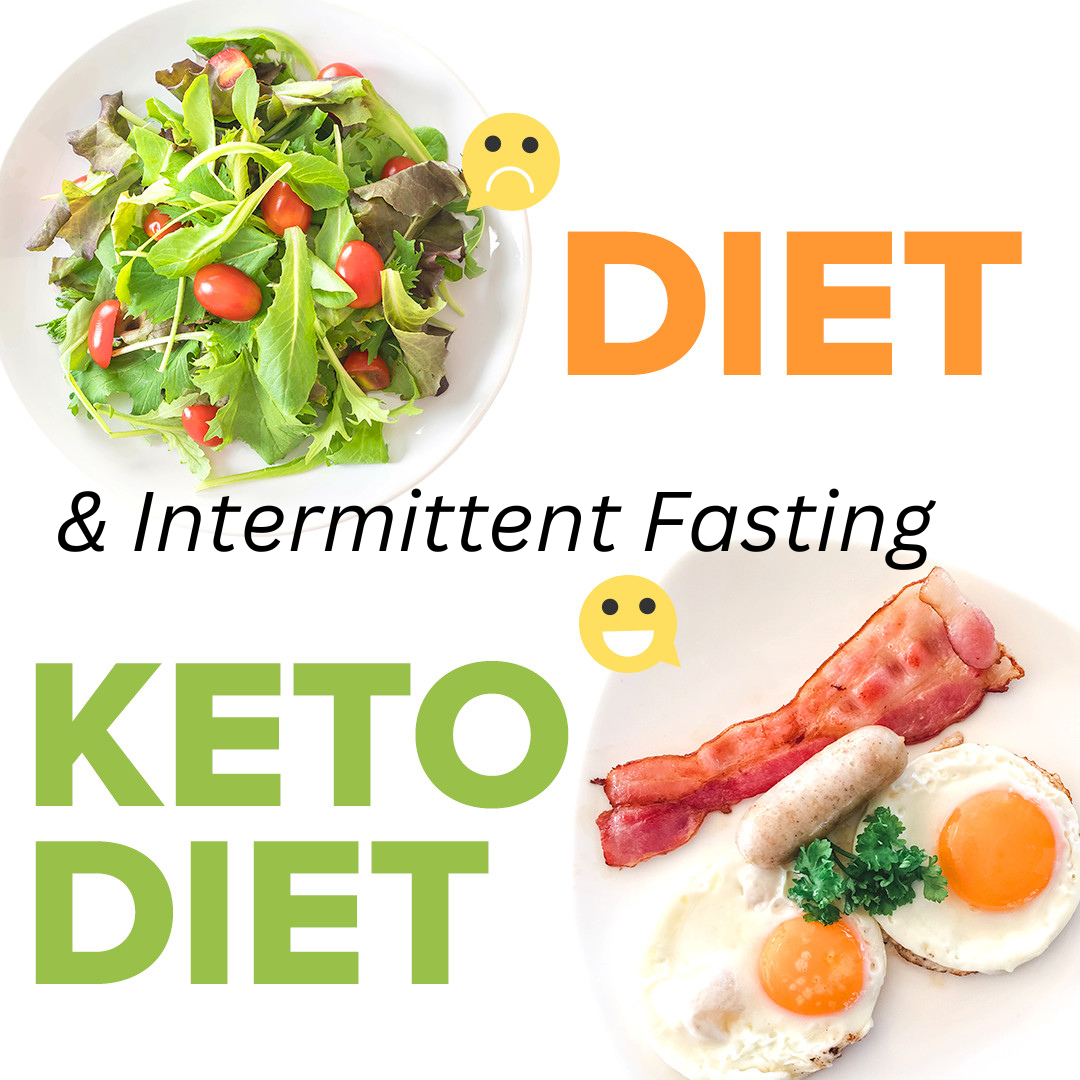- Time-based eating is a powerful tool for weight loss and blood sugar control, promoting optimal health by focusing on when you eat, not just what you eat.
- Scientific studies support the effectiveness of time-based eating in weight management and blood sugar control, making it a reliable and science-backed approach to health.
- Anyone can start with time-based eating, and the article offers a practical guide on how to integrate it into your lifestyle, overcome potential challenges, and achieve success.
- Real-life success stories demonstrate the transformative impact of time-based eating, and the article ends with an invitation for the reader to explore this approach and unlock their optimal health.
Want to transform your health? It’s time to explore time-based eating, a powerful tool that not only aids in weight loss but also stabilizes your blood sugar levels.
In this article, we’ll delve deep into the science behind this dietary approach, revealing how it can lead you to optimum health. We’ll also shed light on the connection between time-based eating, weight loss, and blood sugar control.
You’ll also find a practical guide to embracing time-based eating, complete with tips, potential challenges, and ways to overcome them. We’ll wrap up with real-life success stories to inspire you on this journey. Let’s unlock your health potential together!
The Secret to Optimal Health: Time-Based Eating
Overview of time-based eating
Welcome to the world of time-based eating, a powerful approach to nutrition that revolves around not just what you eat, but when you eat it. This approach is centered on aligning our eating patterns with our body’s natural rhythms, a concept also known as chrononutrition. By eating in sync with our body’s internal clock, we can optimize our metabolism and energy use.
This eating strategy has profound implications for our health and wellbeing. When we align our food intake with our body’s natural rhythms, we can boost our metabolic efficiency. This efficiency then paves the way for optimal health, helping us manage our weight and stabilize our blood sugar levels.
The connection between time-based eating and optimal health
Moreover, time-based eating can enhance our body’s natural repair processes. When we give our bodies a break from digestion, they can focus on cellular repair and rejuvenation. This not only helps us maintain our health, but it also aids in preventing chronic diseases in the future.
So, if you’re seeking a powerful secret to unlock your best health, time-based eating may just be the answer. This approach combines simplicity, science, and practicality, making it a sustainable strategy for anyone aiming for better health. So, why not give your body the gift of time-based eating? It could be your pathway to a healthier, happier you.
The Science Behind Time-Based Eating
Studies supporting the effectiveness of time-based eating
Diving into the science of time-based eating, we find a wealth of studies supporting its effectiveness. Research shows that when we align our eating patterns with our natural circadian rhythms, we can enhance our metabolic health, leading to positive outcomes like weight loss and improved blood sugar control.
Explanation of how time-based eating impacts weight loss and blood sugar control
Consider a study published in Cell Metabolism. Participants who ate within an 8-hour window experienced significant weight loss and improved insulin sensitivity compared to those eating at random times throughout the day. This is the magic of time-based eating in action – it helps us lose weight and maintain healthy blood sugar levels, all by simply adjusting when we eat.
Impact of time-based eating on other aspects of health
But the benefits of time-based eating don’t stop there. Other research suggests that it can improve our heart health, reduce inflammation, and even enhance our brain function. One study in the Journal of Translational Medicine found that individuals following a time-based eating pattern had lower blood pressure and inflammatory markers. Another study in the Journal of Nutrition saw improved cognitive function in older adults practicing time-restricted eating.
A Practical Guide to Time-Based Eating
How to start with time-based eating
Let’s delve into how you can incorporate time-based eating into your life. The first step is to choose an eating window that suits your lifestyle. For example, if you’re an early riser, you might choose a window from 7 am to 3 pm. This means you’ll consume all your meals and snacks within these 8 hours and fast for the remaining 16 hours.
B. Tips for integrating time-based eating into your lifestyle
Integrating time-based eating into your lifestyle can be a breeze with a few helpful tips. Start by gradually narrowing your eating window. If you usually eat from 8 am to 8 pm, try shortening it by an hour every few days until you reach your desired window. Remember to stay hydrated during your fasting hours – water, black coffee, and unsweetened tea are your allies.
C. Potential challenges and how to overcome them
However, you might encounter a few challenges. Feeling hungry during fasting hours is common initially. It’s your body adjusting to the new routine. Be patient with yourself. If the hunger pangs become too intense, try a shorter fasting period and gradually increase it. Moreover, social events can sometimes clash with your fasting window. In such cases, adjust your window for the day, making sure you still fast for a continuous period. Remember, flexibility is key. Time-based eating is not a one-size-fits-all solution, it’s a tool that can be tailored to fit your unique lifestyle.
Success Stories with Time-Based Eating
Real-life examples of individuals who achieved weight loss and blood sugar control through time-based eating
Let’s look at some real-life examples of people who’ve made time-based eating a part of their lifestyle. Meet Josh, a 35-year-old software engineer who’s been practicing time-based eating for a year. His typical eating window is from 12 pm to 6 pm. With this simple change, he’s lost 20 pounds and improved his blood sugar levels significantly. But that’s not all! He also reports higher energy levels and improved focus during his fasting hours.
Next up is Maria, a 45-year-old teacher. She started time-based eating to help control her Type 2 Diabetes. She follows a more relaxed eating window from 8 am to 6 pm. This 10-hour window has not only helped her reduce her medication dosage but also helped her lose those stubborn last 10 pounds she struggled with for years.
Lessons learned from their experiences
What can we learn from these stories? Consistency is key. Both Josh and Maria made time-based eating a regular part of their lifestyle and saw the benefits over time. It’s also important to listen to your body and adjust your eating window to fit your needs, just like Maria did. Remember, it’s not about deprivation, but about finding the right balance that works for you.
In Summary
Time-based eating has shown impressive results in weight management and blood sugar control. It’s not just a diet, but a lifestyle shift that promotes optimal health. You’ve seen the science behind it and the stories of people like Josh and Maria who’ve experienced its benefits.
Remember, it’s not about being perfect, but about finding a routine that suits your lifestyle. Start small, listen to your body, and adjust as needed. The potential health benefits are worth exploring.
So, why not give time-based eating a try? Unlock your optimal health and experience the transformation it can bring to your life. The journey to a healthier you could start with just adjusting your eating window. Give it a shot, and you might be pleasantly surprised by the results.
Frequently Asked Questions
1. What’s the big deal about time-based eating? Why should I care? I’m thrilled you asked. Time-based eating is a game-changer for me because it’s not just about losing weight or controlling blood sugar, but about unlocking optimal health. It’s about giving your body the time to rest, digest and rejuvenate. It’s different from other diets that focus only on what you eat. This one also focuses on when you eat, and that’s powerful.
2. But isn’t this just another name for intermittent fasting? Ah, you’re sharp. They’re similar, but not the same. While both involve periods of eating and fasting, time-based eating is more flexible and less strict. It’s easier to adapt to your lifestyle. For me, that’s a major plus.
3. Do I need to skip breakfast or dinner for time-based eating? The beauty of time-based eating is its flexibility. You don’t need to skip any meal. You just need to eat all your meals within a certain time window. I feel it gives me control over my eating habits without feeling deprived.
4. Are there any scientific studies supporting time-based eating? Yes, and that’s what makes it so compelling! Multiple studies link time-based eating to weight loss and better blood sugar control. It’s not just a fad; it’s science-backed.
5. Can anyone start with time-based eating? Absolutely! But like any lifestyle change, it’s crucial to listen to your body and adjust as needed. It’s not about perfection but progression. It was a bit challenging for me at first, but the benefits were worth it.
6. Does time-based eating guarantee weight loss? While many have seen impressive results, it’s not a magic bullet. It’s a tool to help you lead a healthier lifestyle. I lost weight, yes, but what thrilled me was the overall improvement in my well-being.
7. Are there any real-life examples of success with time-based eating? Yes, and their stories are inspiring. Take Josh and Maria, for example. They achieved weight loss and blood sugar control through time-based eating. Seeing their transformation sparked hope in me.
8. Can I combine time-based eating with other diet plans like Keto or Paleo? Absolutely. Time-based eating is flexible and can complement other diet plans. It’s all about finding what works best for you. For me, combining it with a balanced diet worked wonders.
9. How do I start with time-based eating? Start small. Maybe a 12-hour eating window, and then gradually decrease it. Listen to your body and adjust as needed. Remember, it’s a journey, not a race.
10. Sounds interesting. But is time-based eating sustainable? In my experience, yes. It’s not a temporary diet but a lifestyle change. Once you understand your body’s needs, it’s easier to stick with it. I’ve been doing it for months and I love it.
Now that you know more about time-based eating, why not give it a try? See the difference it can make in your life.
But here’s a question for you: Are you ready to unlock your optimal health with time-based eating?











